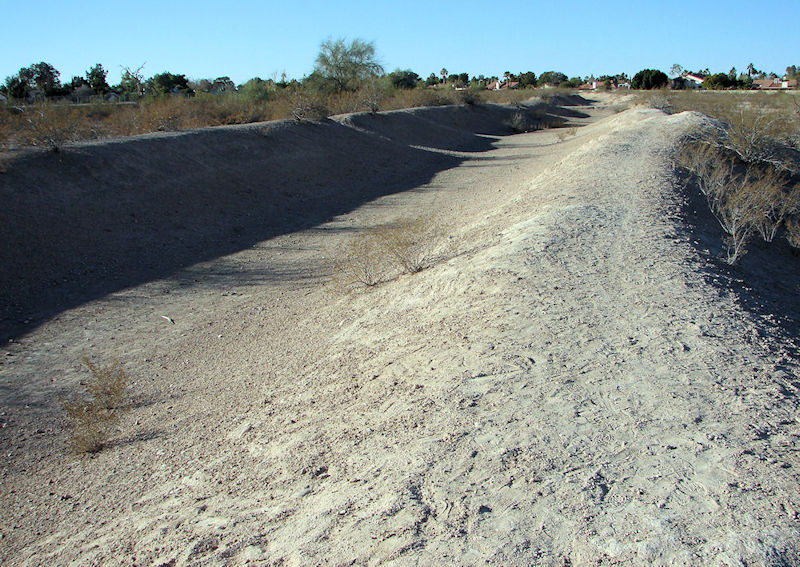

450-1450), which built the most extensive canal systems in North America. Most of the investigated canals, though, are related to the Hohokam cultural tradition (A.D. Archaeologists now know the earliest canals there are over 3,000 years old, and were developed independently of the earliest canal construction in Mesoamerica. This anthropogenic process of canal sedimentation has had a long‐lasting impact on the sedimentary record and soils in this arid environment.Īdvancements in archaeological survey, excavation, and analysis methods over the last 50 years produced a surge of new information on ancient canal irrigation systems in the Sonoran Desert of southern Arizona, USA. This suggests that the irragric process improved soil for crop production through long‐term leaching and additions of fresh sediments with the irrigation water. Soil within the canal system tends to be lower in salt, sodium, and pH compared with external soils. A soil mapped independently by the United States Department of Agriculture‐Natural Resources Conservation Service with these horizons corresponds closely with the canal system. The irragric soil consists of a mantle of silty‐to‐loamy textures with minimal soil formation overlying a natural argillic horizon on a Pleistocene stream terrace. This pedostratigraphic unit was formed as a result of a millennium of irrigation by Hohokam farmers from A.D. This article presents evidence for an ancient irragric anthrosol in the North American Southwest, along the Snaketown Canal System in the Middle Gila River Valley, Arizona. Ancient irragric soils centuries to millennia old occur in several world regions, especially in arid environments of Asia and the Americas. Irragric anthrosols form as a result of prolonged deposition of fine sediments from irrigation water.


 0 kommentar(er)
0 kommentar(er)
